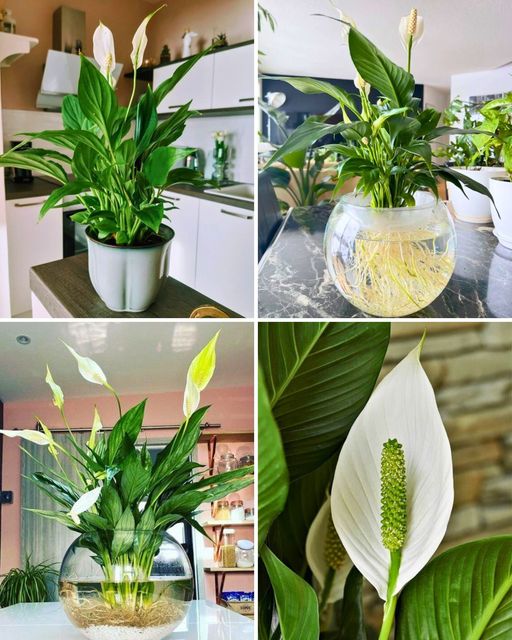Peace lilies produce small flowers on spikes that are protected by large white bracts, which are often mistaken for a single flower. The flowers may not be very extravagant, resembling extensions of stems with only pollen at the ends. However, it is the white flag-like bracts that give this houseplant its special charm. While these plants are generally low-maintenance, coaxing them into full bloom can be a rewarding challenge, and requires a lot of love and a little attention. 
Ways To Get Peace Lily To Bloom
1. Optimal Light Conditions
Place your peace lily in bright, indirect light. While they can tolerate lower light conditions, providing the right amount of light is crucial for stimulating blooms.
2. Appropriate Watering
Keep the soil consistently moist but not soggy. Allow the top inch of soil to dry out before watering again. Overwatering or letting the soil dry excessively can hinder flowering.
3. Humidity Boost
Peace lilies thrive in high humidity. You can easily increase humidity by misting the plant, placing a tray of water nearby, or using a humidifier. This mimics their natural tropical habitat and encourages blooming.
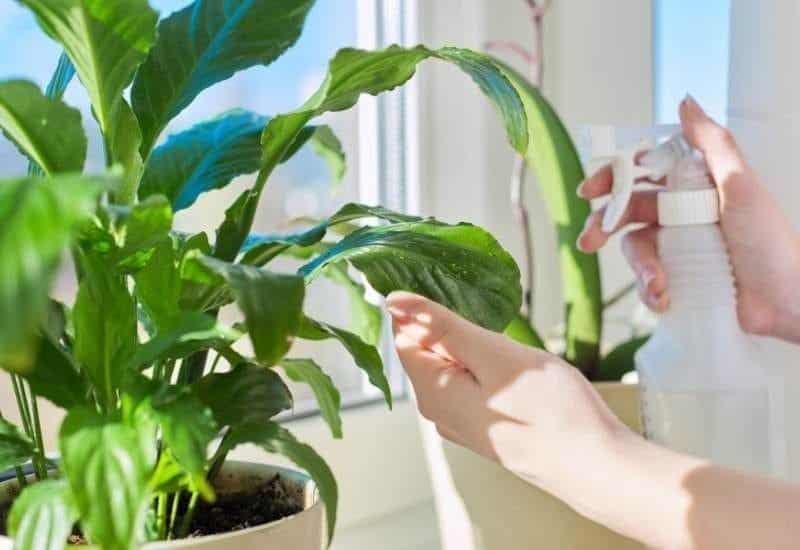
4. Proper Fertilization
Feed your Peace Lily with a balanced, liquid fertilizer during the growing season (spring and summer). Be cautious not to over-fertilize, as this can lead to salt buildup, affecting blooming.
5. Well-Draining Soil
The key is to use a well-draining, high-quality potting mix. Peace lilies prefer slightly acidic to neutral soil. Good drainage prevents root rot, a common issue that can hinder blooming.
6. Right-Sized Pot
Avoid a too-large pot. Peace lilies like to be slightly pot-bound, which can promote flowering. You should repot only when necessary and choose a container that allows for some root constriction.
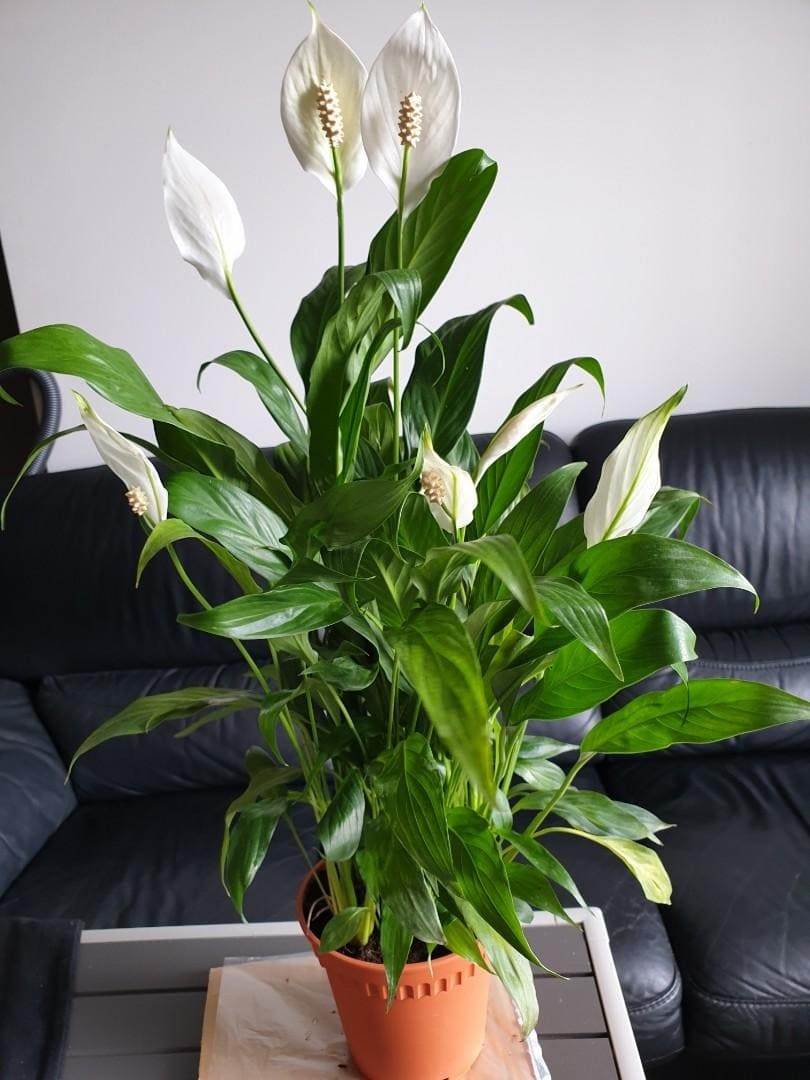
7. Regular Pruning
When you see yellow or brown leaves, trim them promptly. Pruning not only enhances the plant’s appearance but also redirects energy towards blooming. You can also remove spent flowers to encourage new blooms.
8. Temperature Consideration
Peace lilies prefer temperatures between 65-80°F (18-27°C). Keep them away from drafts and sudden temperature changes, as this can stress the plant and inhibit flowering.
9. Seasonal Variations
Peace lilies may have natural resting periods when they don’t produce flowers. Understand and appreciate these cycles, adjusting your care accordingly.
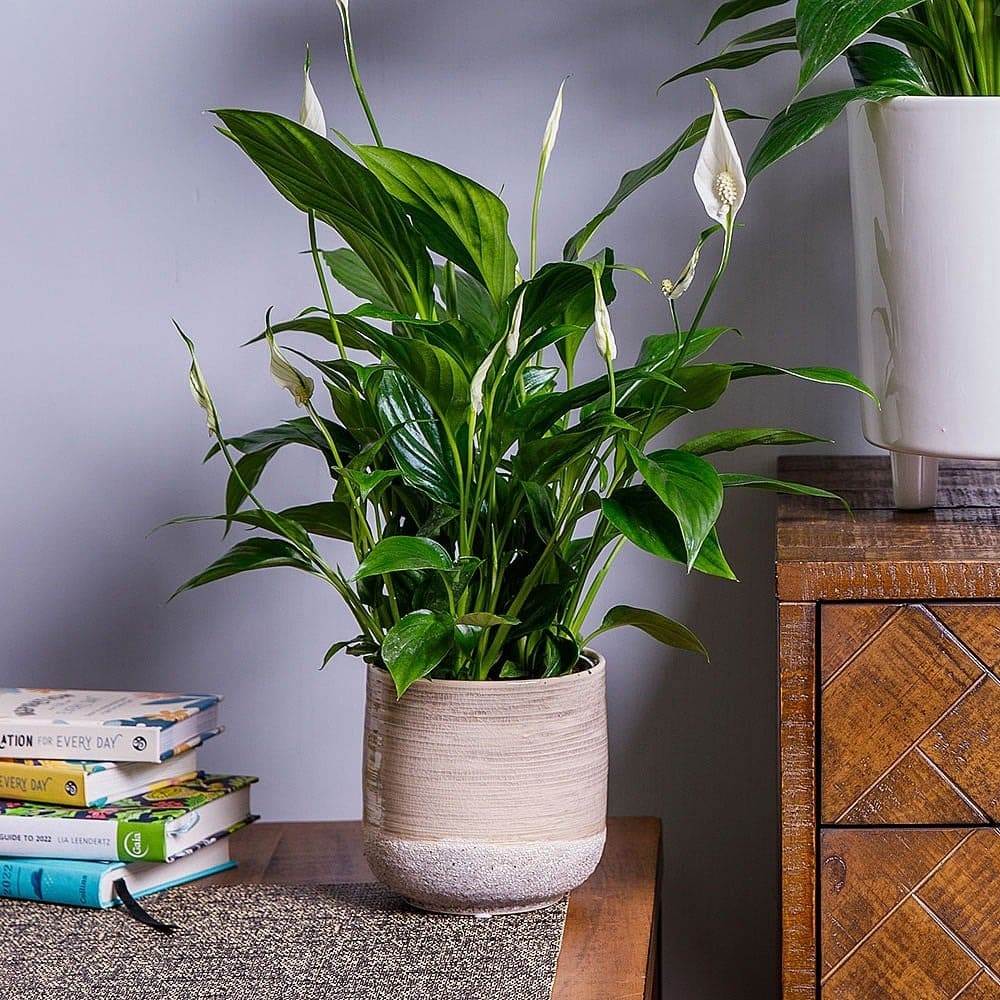
10. Avoid Using Chlorine In The Water
The peace lily doesn’t appreciate water contaminants such as fluoride and chlorine as they have the potential to cause the foliage to turn brown. For optimal growth, it is recommended to utilize reverse osmosis (RO) or rainwater.
FAQS
1. Why Does My Peace Lily Not Bloom?
Lack of adequate light, improper watering (either too much or too little), and an unsuitable pot size are common culprits. Additionally, a lack of humidity, poor soil drainage, or a nutrient imbalance can hinder flowering.
2. Can Peace Lilies Bloom All Year Round?
While Peace Lilies can bloom throughout the year, they may have natural resting periods. Understanding their seasonal variations and adjusting care can help maintain consistent flowering.
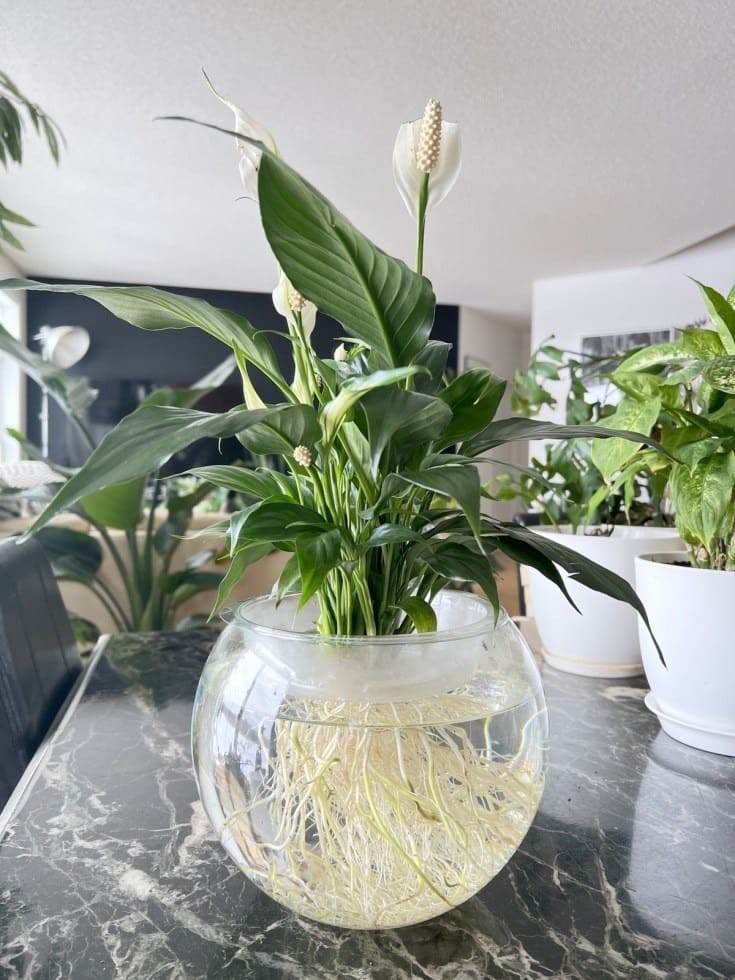
3. How Often Should I Fertilize My Peace Lily?
During the growing season (spring and summer), fertilize your Peace Lily once a month with a balanced, liquid fertilizer. Reduce or eliminate fertilization during the dormant period in fall and winter.
Encouraging your Peace Lily to bloom is a delightful journey of understanding and responding to its unique needs. With the right care and attention, your Peace Lily can show its beauty in full bloom and become the center of attraction. May your home be graced with the serene beauty of Peace Lily blooms!
